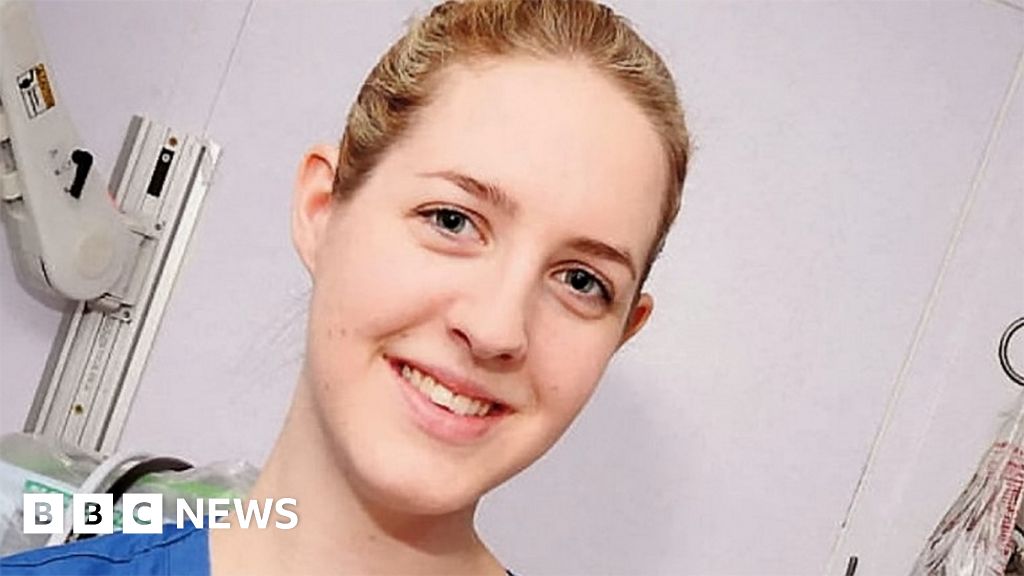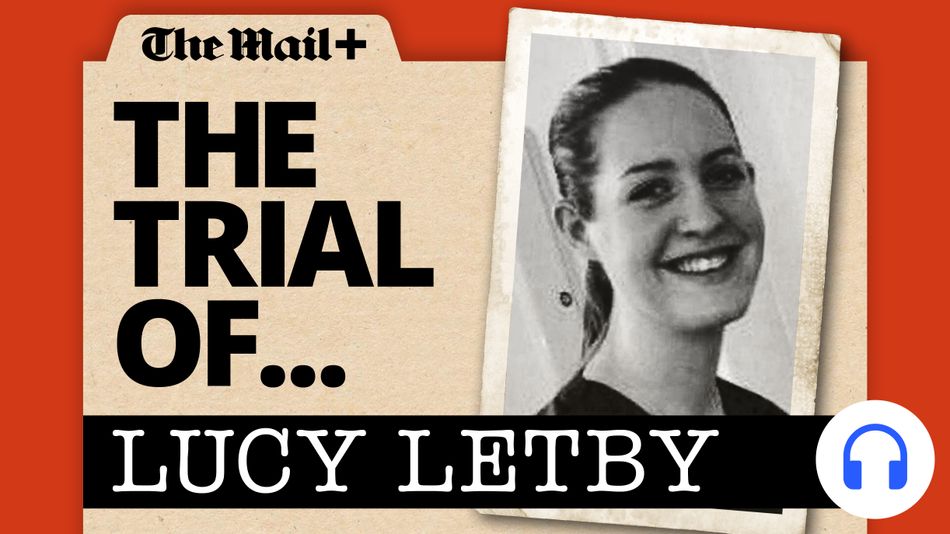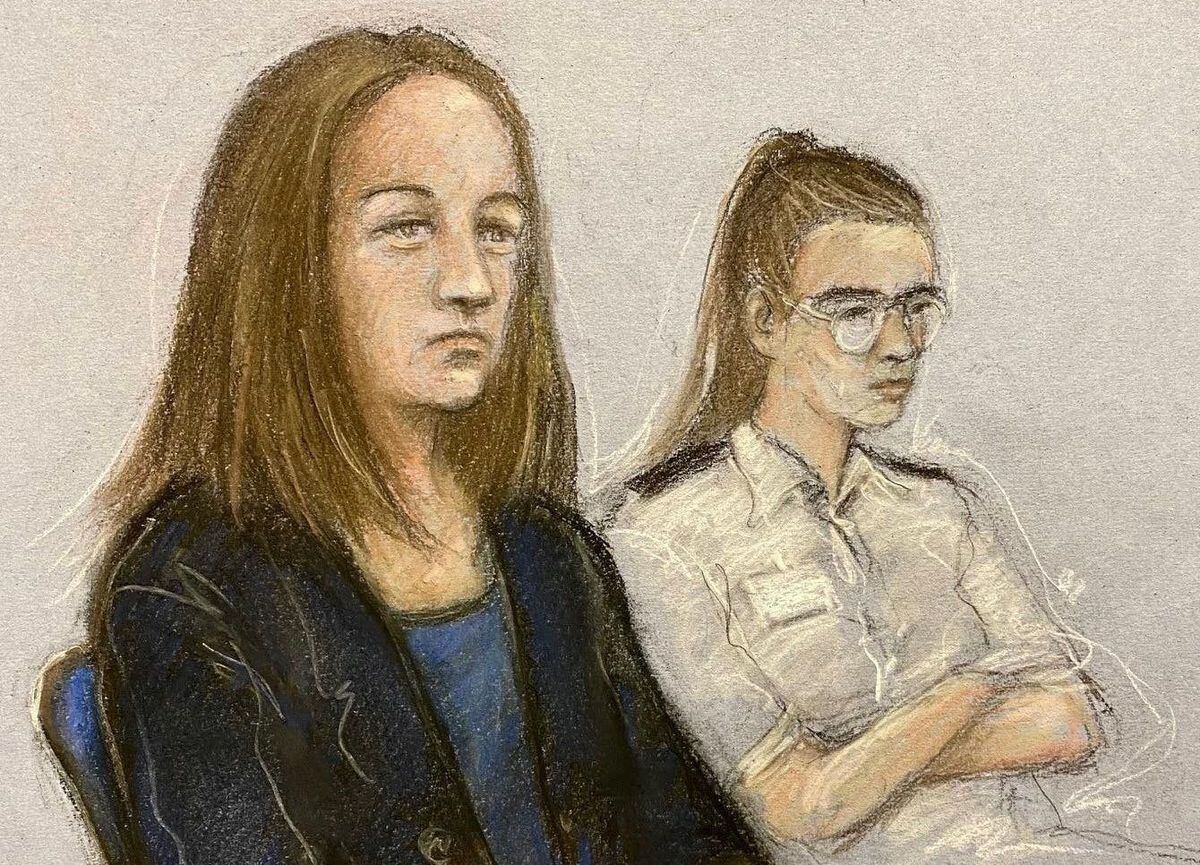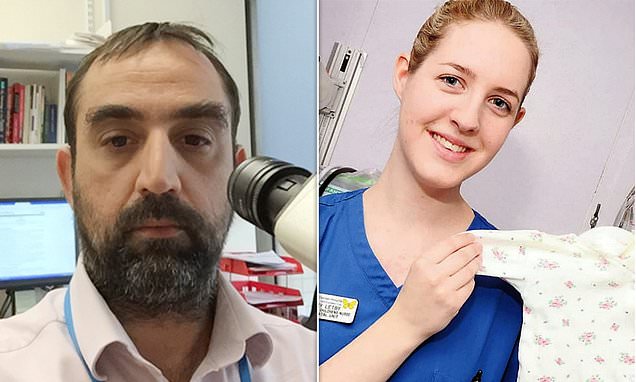Tortoise
Well-Known Member
- Joined
- Oct 15, 2015
- Messages
- 26,232
- Reaction score
- 131,810
Prosecution evidence, March 23rd 2023, Day 77 - Chester Standard Live Updates LIVE: Lucy Letby trial, Thursday, March 23
Child P
Dr Sandie Bohin, Prosecution Medical Expert Witness
11:19am
Dr Sandie Bohin is now called to give evidence.
Prosecutor Nicholas Johnson KC says Dr Bohin has completed a total of five reports for Child P.
11:30am
Dr Bohin confirms she had looked through all the clinical notes for Child P, including one by Lucy Letby where she had written about the NG tube being on free drainage at 8am.
A note at 6.39am by Sophie Ellis, from the night shift, said Child P's abdomen was 'soft and non distended', with '25mls air aspirated' and 'NG Tube placed on free drainage'.
Letby later noted, at about 9.30am, Child P had an apnoea, brady, desat with mottled appearance, requiring facial oxygen and Neopuff for approx 1min. Abdomen becoming distended.'
A consultant doctor was called to the nursery where Child P was.
11:41am
Child P had a 'speedy recovery' that morning and Dr Bohin is asked if that was normal.
Dr Bohin: "No, it was not."
Child P then desaturated again at 11.30am and was given adrenaline and paralysed with a drug to aid ventilation. His circulation was restored but he continued to deteriorate throughout the day.
11:51am
Dr Bohin is now telling the court about the adrenaline doses which were administered to Child P throughout June 24, their concentrations and totals.
11:55am
Dr Bohin explains the rate of adrenaline administered to Child P, according to the medical notes, was not calculated correctly - it was double what it should have been.
11:58am
Dr Bohin says the excess adrenaline would not have had any adverse effect, as it began to be administered after Child P had the collapse and was already suffering metabolic acidosis.
She says it is "impossible" to quantify any effect on lactic acidosis.
It did not adversely affect the blood pressure or heart rate, Dr Bohin adds.
12:01pm
Dr Bohin tells the court she was concerned about the gas in the initial abdominal x-ray, which had been taken as a 'precaution' with no concerns about the abdomen, but it was "full of gas" and "abdominal distention right through".
The x-ray was "abnormal".
Throughout the night, Child P became intolerant to feeds, and the abdominal distention was reduced, but then Child P's abdomen became "distended and loopy" in the morning. That was "difficult to explain".
12:03pm
Dr Bohin says Child P should have had a further x-ray sooner after he first collapsed, and more attention paid to the pneumothorax.
12:04pm
The ventilatory pressures were "quite high" for Child P, who had no underlying lung disease.
This was not a criticism of the staff, Dr Bohin says.
12:06pm
For a cause to the collapse, Dr Bohin says she could find no reason why there was excess air from the previous night, and there was splinting of the diaphragm.
It was something "striking and out of the ordinary".
Child P had shown no signs of infection, and no evidence was found.
Dr Bohin says her conclusion was air had been administered via the NG Tube.
She cannot explain why Child P had further collapses on June 24.
12:24pm
The court is resuming after a short break.
Mr Johnson has one more point to raise with Dr Bohin.
He asks her about the adrenaline dose rates being double what they should be, and if that was beyond a safe limit.
Dr Bohin explains the limits, in accordance with guidance, would have been within limits, but the higher the rate, the more the risk of side-effects.
Higher doses would be administered in extreme circumstances, on guidance from a consultant.
Side effects would be rising blood pressure, rising heart rates, irregular heart rates, and, in very high doses, and constricting of blood vessels.
Cross-Examination
12:26pm
Mr Myers is now asking Dr Bohin questions.
He asks about the need for an x-ray to have been taken sooner. Dr Bohin said that would have been needed when looking for the cause of a collapse.
Mr Myers says Dr Bohin had, in her report, identified a particular issue with the adrenaline, which she had recorded as a "high starting dose".
12:30pm
Mr Myers says the ventilator settings were also 'high'. Dr Bohin agrees the settings did not need to be as high as the oxygen requirement was not so high.
12:32pm
Dr Bohin says the pneumothorax could have contributed to the collapse, but would not have caused it.
12:39pm
Mr Myers says the care offered to Child P was, in Dr Bohin's words, 'muddled' and 'unusual' following the baby boy's collapse.
Dr Bohin said 'questions need to be answered' about the ventilatory strategy and the high doses of adrenaline, but the latter issue had been raised and answered by doctors in court.
She adds that neither of those issues had caused the initial collapse of Child P.
12:41pm
Mr Myers asks about the rate of adrenaline administration. Dr Bohin says the starting rate depends on what the child has, their condition, and what they have been administered before.
Dr Bohin says doctors wanted to give a 'large dose to kick-start the heart', as Child P had suffered a cardiac arrest. Even at this rate, the dose was ineffective, Dr Bohin adds.
12:52pm
Mr Myers asks about a "very high" lactate reading Child P had at 10.46am on June 24. Dr Bohin says it is "impossible" to quantify, to what degree, the effect adrenaline doses would have had on the lactate levels, particularly on Child P, who had previously had a cardiac arrest which would have raised lactate levels in any case.
12:58pm
Mr Myers moves on to question about the cause of Child P's collapse.
He says it is not mentioned in Dr Bohin's reports about any additional administrations of air that morning. Dr Bohin says there is not.
He says the only evidence of abdominal distention is from 4am. Dr Bohin says it was identified then, it went away, then it is noted as appearing 'distended and loopy' again in the morning.
Mr Myers asks if Dr Bohin says the splinting of the diaphragm is from air administered the night before. Dr Bohin disagrees.
1:05pm
Dr Bohin says the collapse was 'unexpected and completely unexplained'.
The collapse happened 10 minutes after Dr Anthony Ukoh examined Child P and found the abdomen 'moderately distended / bloated'.
Dr Bohin says an issue she has had in the course of the trial is there does not seem to be consistent practice among nursing staff in the aspirations of feeding tubes, but in this case, when there was 25mls of air aspirated early on June 24, that was "normal".
Child P
Dr Sandie Bohin, Prosecution Medical Expert Witness
11:19am
Dr Sandie Bohin is now called to give evidence.
Prosecutor Nicholas Johnson KC says Dr Bohin has completed a total of five reports for Child P.
11:30am
Dr Bohin confirms she had looked through all the clinical notes for Child P, including one by Lucy Letby where she had written about the NG tube being on free drainage at 8am.
A note at 6.39am by Sophie Ellis, from the night shift, said Child P's abdomen was 'soft and non distended', with '25mls air aspirated' and 'NG Tube placed on free drainage'.
Letby later noted, at about 9.30am, Child P had an apnoea, brady, desat with mottled appearance, requiring facial oxygen and Neopuff for approx 1min. Abdomen becoming distended.'
A consultant doctor was called to the nursery where Child P was.
11:41am
Child P had a 'speedy recovery' that morning and Dr Bohin is asked if that was normal.
Dr Bohin: "No, it was not."
Child P then desaturated again at 11.30am and was given adrenaline and paralysed with a drug to aid ventilation. His circulation was restored but he continued to deteriorate throughout the day.
11:51am
Dr Bohin is now telling the court about the adrenaline doses which were administered to Child P throughout June 24, their concentrations and totals.
11:55am
Dr Bohin explains the rate of adrenaline administered to Child P, according to the medical notes, was not calculated correctly - it was double what it should have been.
11:58am
Dr Bohin says the excess adrenaline would not have had any adverse effect, as it began to be administered after Child P had the collapse and was already suffering metabolic acidosis.
She says it is "impossible" to quantify any effect on lactic acidosis.
It did not adversely affect the blood pressure or heart rate, Dr Bohin adds.
12:01pm
Dr Bohin tells the court she was concerned about the gas in the initial abdominal x-ray, which had been taken as a 'precaution' with no concerns about the abdomen, but it was "full of gas" and "abdominal distention right through".
The x-ray was "abnormal".
Throughout the night, Child P became intolerant to feeds, and the abdominal distention was reduced, but then Child P's abdomen became "distended and loopy" in the morning. That was "difficult to explain".
12:03pm
Dr Bohin says Child P should have had a further x-ray sooner after he first collapsed, and more attention paid to the pneumothorax.
12:04pm
The ventilatory pressures were "quite high" for Child P, who had no underlying lung disease.
This was not a criticism of the staff, Dr Bohin says.
12:06pm
For a cause to the collapse, Dr Bohin says she could find no reason why there was excess air from the previous night, and there was splinting of the diaphragm.
It was something "striking and out of the ordinary".
Child P had shown no signs of infection, and no evidence was found.
Dr Bohin says her conclusion was air had been administered via the NG Tube.
She cannot explain why Child P had further collapses on June 24.
12:24pm
The court is resuming after a short break.
Mr Johnson has one more point to raise with Dr Bohin.
He asks her about the adrenaline dose rates being double what they should be, and if that was beyond a safe limit.
Dr Bohin explains the limits, in accordance with guidance, would have been within limits, but the higher the rate, the more the risk of side-effects.
Higher doses would be administered in extreme circumstances, on guidance from a consultant.
Side effects would be rising blood pressure, rising heart rates, irregular heart rates, and, in very high doses, and constricting of blood vessels.
Cross-Examination
12:26pm
Mr Myers is now asking Dr Bohin questions.
He asks about the need for an x-ray to have been taken sooner. Dr Bohin said that would have been needed when looking for the cause of a collapse.
Mr Myers says Dr Bohin had, in her report, identified a particular issue with the adrenaline, which she had recorded as a "high starting dose".
12:30pm
Mr Myers says the ventilator settings were also 'high'. Dr Bohin agrees the settings did not need to be as high as the oxygen requirement was not so high.
12:32pm
Dr Bohin says the pneumothorax could have contributed to the collapse, but would not have caused it.
12:39pm
Mr Myers says the care offered to Child P was, in Dr Bohin's words, 'muddled' and 'unusual' following the baby boy's collapse.
Dr Bohin said 'questions need to be answered' about the ventilatory strategy and the high doses of adrenaline, but the latter issue had been raised and answered by doctors in court.
She adds that neither of those issues had caused the initial collapse of Child P.
12:41pm
Mr Myers asks about the rate of adrenaline administration. Dr Bohin says the starting rate depends on what the child has, their condition, and what they have been administered before.
Dr Bohin says doctors wanted to give a 'large dose to kick-start the heart', as Child P had suffered a cardiac arrest. Even at this rate, the dose was ineffective, Dr Bohin adds.
12:52pm
Mr Myers asks about a "very high" lactate reading Child P had at 10.46am on June 24. Dr Bohin says it is "impossible" to quantify, to what degree, the effect adrenaline doses would have had on the lactate levels, particularly on Child P, who had previously had a cardiac arrest which would have raised lactate levels in any case.
12:58pm
Mr Myers moves on to question about the cause of Child P's collapse.
He says it is not mentioned in Dr Bohin's reports about any additional administrations of air that morning. Dr Bohin says there is not.
He says the only evidence of abdominal distention is from 4am. Dr Bohin says it was identified then, it went away, then it is noted as appearing 'distended and loopy' again in the morning.
Mr Myers asks if Dr Bohin says the splinting of the diaphragm is from air administered the night before. Dr Bohin disagrees.
1:05pm
Dr Bohin says the collapse was 'unexpected and completely unexplained'.
The collapse happened 10 minutes after Dr Anthony Ukoh examined Child P and found the abdomen 'moderately distended / bloated'.
Dr Bohin says an issue she has had in the course of the trial is there does not seem to be consistent practice among nursing staff in the aspirations of feeding tubes, but in this case, when there was 25mls of air aspirated early on June 24, that was "normal".





